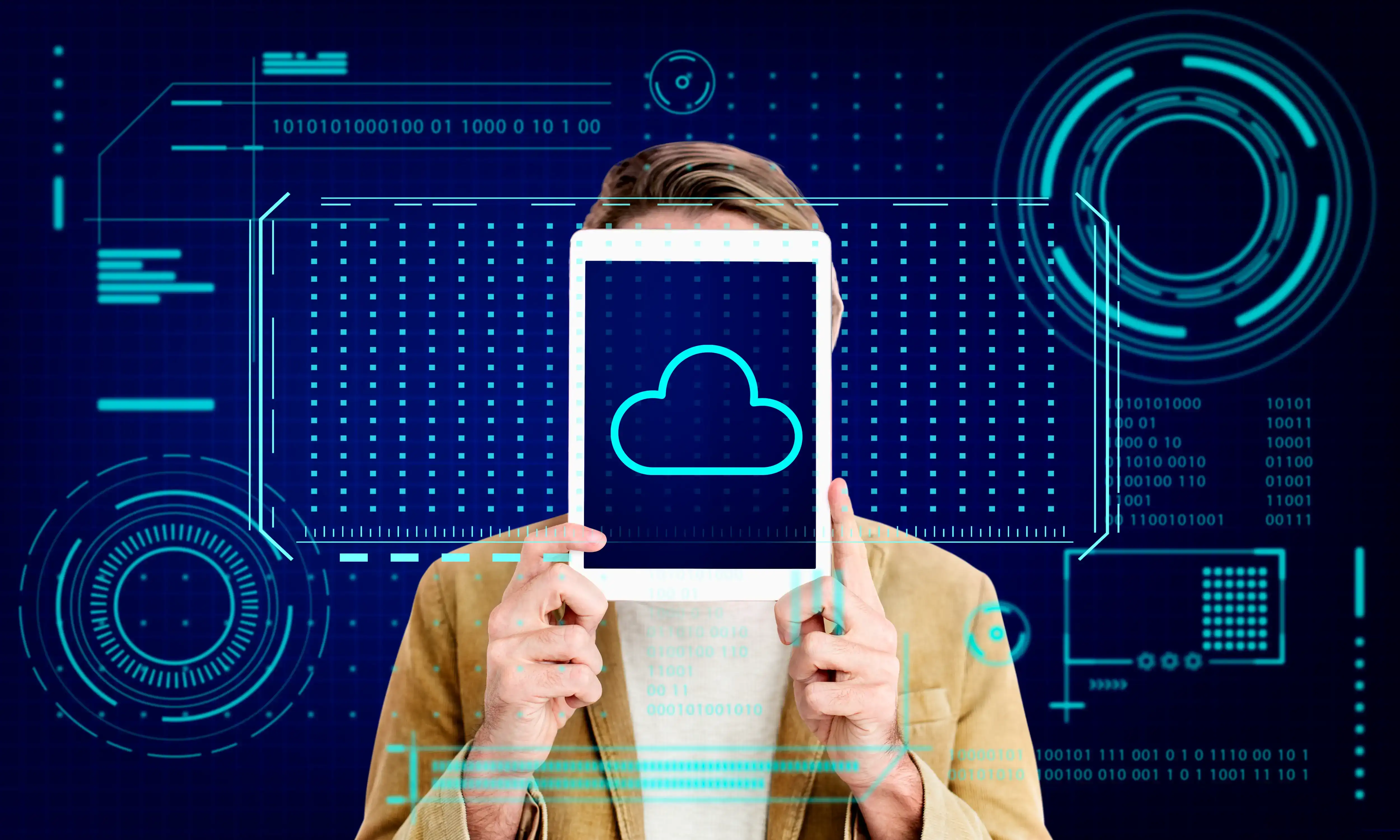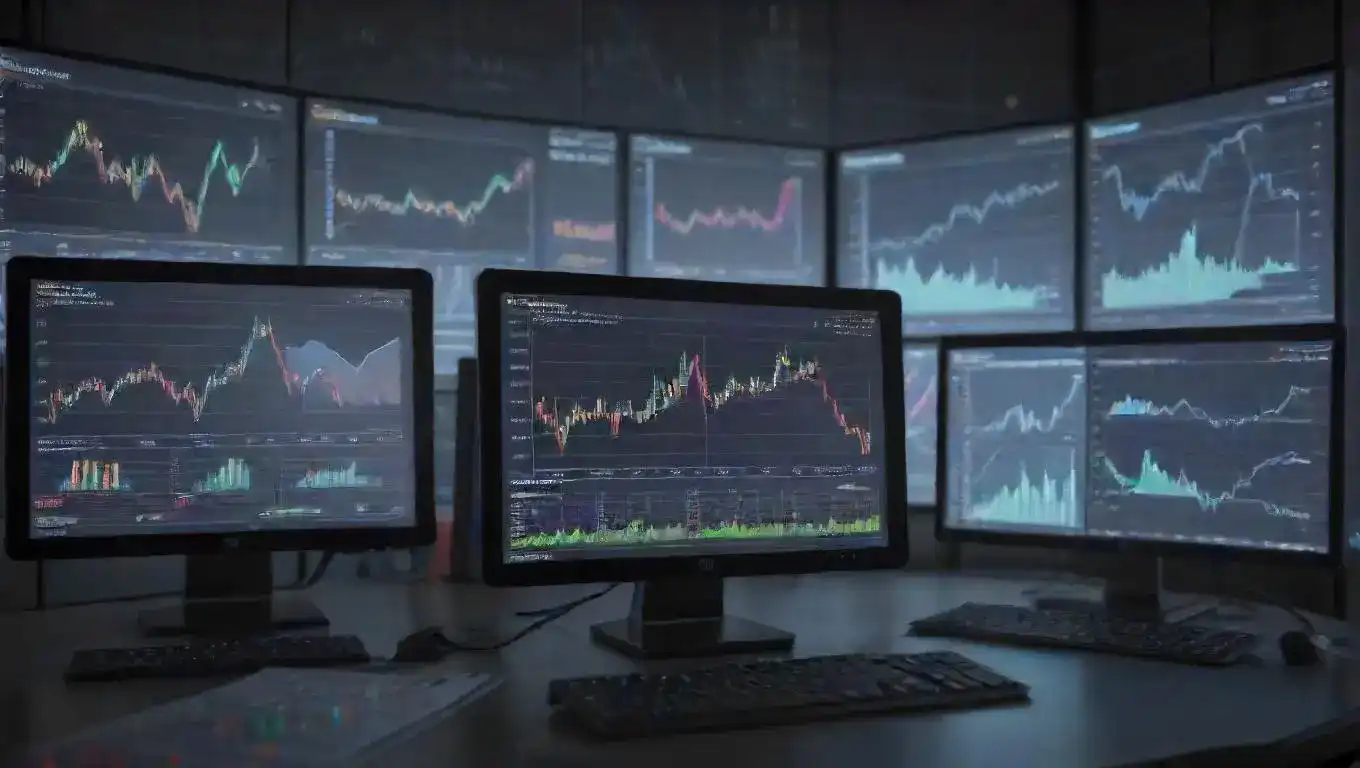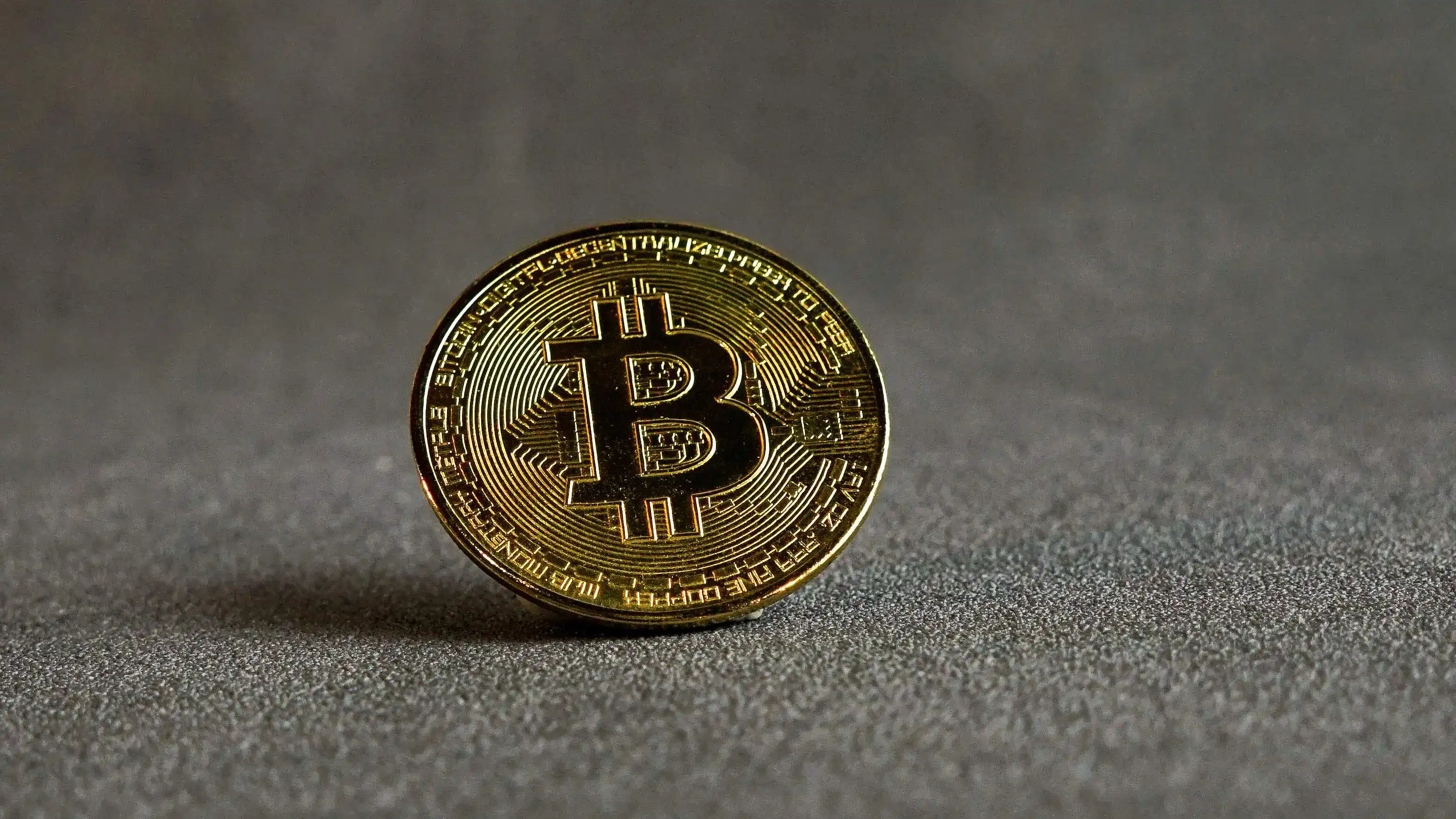The Economics of Climate Change: Counting the Cost of Environmental Degradation
Emily Willis

Photo: The Economics of Climate Change: Counting the Cost of Environmental Degradation
Climate change is no longer a looming threat; it's a present reality with significant economic consequences. From extreme weather events to rising sea levels, the cost of environmental degradation is impacting individuals, businesses, and entire economies. This article delves into the economic implications of climate change, exploring the hidden costs we're already paying and the potential future burdens if we don't act.
Understanding the Economic Ripple Effect
Climate change isn't just an environmental issue – it's an economic one as well. Here's how it impacts our wallets:
- Extreme Weather Events: More frequent and intense storms, floods, droughts, and wildfires cause billions of dollars in damage to infrastructure, property, and agriculture. These events also disrupt supply chains and can lead to food shortages.
- Sea Level Rise: Rising sea levels threaten coastal communities and infrastructure, leading to property losses and displacement. Additionally, saltwater intrusion can contaminate freshwater supplies and harm coastal ecosystems.
- Health Impacts: Climate change can exacerbate existing health problems like heatstroke, respiratory illnesses, and waterborne diseases. This translates to increased healthcare costs and decreased productivity.
- Reduced Agricultural Yields: Changes in temperature and precipitation patterns can negatively impact crop yields, leading to food insecurity and price hikes.
- Mass Migration: Climate change can force people to migrate due to rising sea levels, extreme weather events, and resource scarcity. This creates economic burdens for both sending and receiving countries.
These are just some of the economic consequences of climate change. The true cost is likely much higher, as some impacts are difficult to quantify.
The Price Tag of Inaction: Why Ignoring Climate Change is Expensive
The cost of inaction on climate change far outweighs the cost of taking action. Here's why:
- Increased Disaster Relief Costs: As extreme weather events become more frequent and intense, the cost of disaster relief will continue to rise.
- Loss of Natural Resources: Climate change can damage ecosystems and deplete natural resources, impacting industries like tourism, fisheries, and forestry.
- Erosion of Property Values: Areas vulnerable to sea level rise, floods, and wildfires will see a decrease in property values, impacting homeowners and investors.
- Loss of Economic Opportunity: Countries that rely heavily on agriculture or tourism can suffer significant economic losses due to climate change.
- Social Unrest: Climate change can exacerbate existing social inequalities and contribute to political instability.
By ignoring the problem, we're essentially choosing to pay a much higher price tag in the long run.
Investing in a Sustainable Future: The Economic Benefits of Climate Action
Transitioning to a low-carbon economy comes with its own costs, but the long-term economic benefits are significant. Here's why:
- Creation of Green Jobs: Investing in renewable energy, energy efficiency, and sustainable infrastructure can create new jobs in these sectors.
- Improved Public Health: Reducing air pollution and promoting cleaner energy sources can lead to improved public health, lowering healthcare costs.
- Increased Energy Security: Transitioning to renewable energy can reduce dependence on fossil fuels and improve energy security.
- Enhanced Innovation: Investing in clean technologies can drive innovation and create new economic opportunities.
- Long-Term Cost Savings: By mitigating the worst effects of climate change, we can avoid the high costs associated with extreme weather events, sea level rise, and resource scarcity.
Investing in a sustainable future is not just an environmental imperative; it's a smart economic decision.
The Road Ahead: Building a Green Economy for All
Transitioning to a low-carbon economy requires a collaborative effort from governments, businesses, and individuals. Here are some key strategies:
- Carbon Pricing: Implementing carbon pricing mechanisms, such as carbon taxes or cap-and-trade systems, can incentivize businesses and individuals to reduce their emissions.
- Investment in Renewable Energy: Supporting research, development, and deployment of renewable energy sources like solar, wind, and geothermal is crucial.
- Energy Efficiency Measures: Improving energy efficiency in buildings, appliances, and transportation can significantly reduce energy consumption and emissions.
- Sustainable Agriculture Practices: Promoting sustainable agriculture practices like organic farming and reducing food waste can minimize climate impacts.
- Sustainable Infrastructure Development: Investing in sustainable infrastructure like public transportation, green buildings, and climate-resilient infrastructure is essential.
Conclusion: A Shared Responsibility for a Sustainable Future
Climate change is a complex challenge with far-reaching economic consequences. However, there's still time to act and build a more sustainable future. By acknowledging the economic costs of inaction and embracing the economic benefits of a green transition, we can create a more resilient and prosperous future for generations to come.
Latest ✨
View AllLuxury cruises offer a heightened travel experience with impeccable service, luxurious accommodations and carefully crafted itineraries. These cruises strike the perfect balance between leisure and exploration, with destinations that include the Mediterranean, Caribbean, Alaska, Norwegian Fjords and South Pacific Islands.
Emily Willis
Cloud computing is essential for modern businesses, offering cost savings, scalability, and improved collaboration. Implementing cloud computing requires careful planning to ensure safety and efficiency. Tips for safe and efficient implementation include conducting a needs assessment, choosing the right cloud service model, prioritizing security, planning for data migration, optimizing costs, training your team, implementing backup and recovery solutions, monitoring performance, planning for scalability, and staying updated with industry trends.
Emily Willis
The stock market is a crucial component of the global economy, providing a platform for capital formation, investment, and wealth creation. Understanding stock market movements, including bull and bear markets, market volatility, and factors influencing stock prices, is essential for investors, businesses, and policymakers. Economic, financial, and behavioral factors all play a role in shaping stock market dynamics.
Emily Willis
productivity in the workplace and provides a comprehensive guide to enhancing productivity. It covers topics such as understanding productivity styles, creating a productive workspace, time management, overcoming distractions, enhancing motivation and energy levels, effective task management, collaborating and delegating tasks, utilizing technology for productivity, and maintaining work-life balance.
Emily Willis
Business
View All
August 5, 2024
Effective Marketing Strategies to Increase Your Business Saleseffective marketing strategies in today's competitive marketplace. It discusses the significance of understanding the target audience, building a strong brand identity, and implementing various marketing tactics to increase sales. Specific strategies such as video marketing, influencer marketing, optimizing customer experience, embracing omnichannel marketing, tracking performance, staying updated on trends, and continuous improvement are highlighted.
Emily Willis

August 4, 2024
How to Build a Strong Brand Identity for Your BusinessBuilding a strong brand identity is essential for business success as it helps differentiate you in the market, connect with your audience, and build loyalty. Key steps include understanding your target audience, defining your mission and values, developing a unique selling proposition, creating a memorable brand name and logo, choosing brand colors and typography, crafting a brand voice and messaging, ensuring a consistent brand experience, leveraging visual content.
Emily Willis
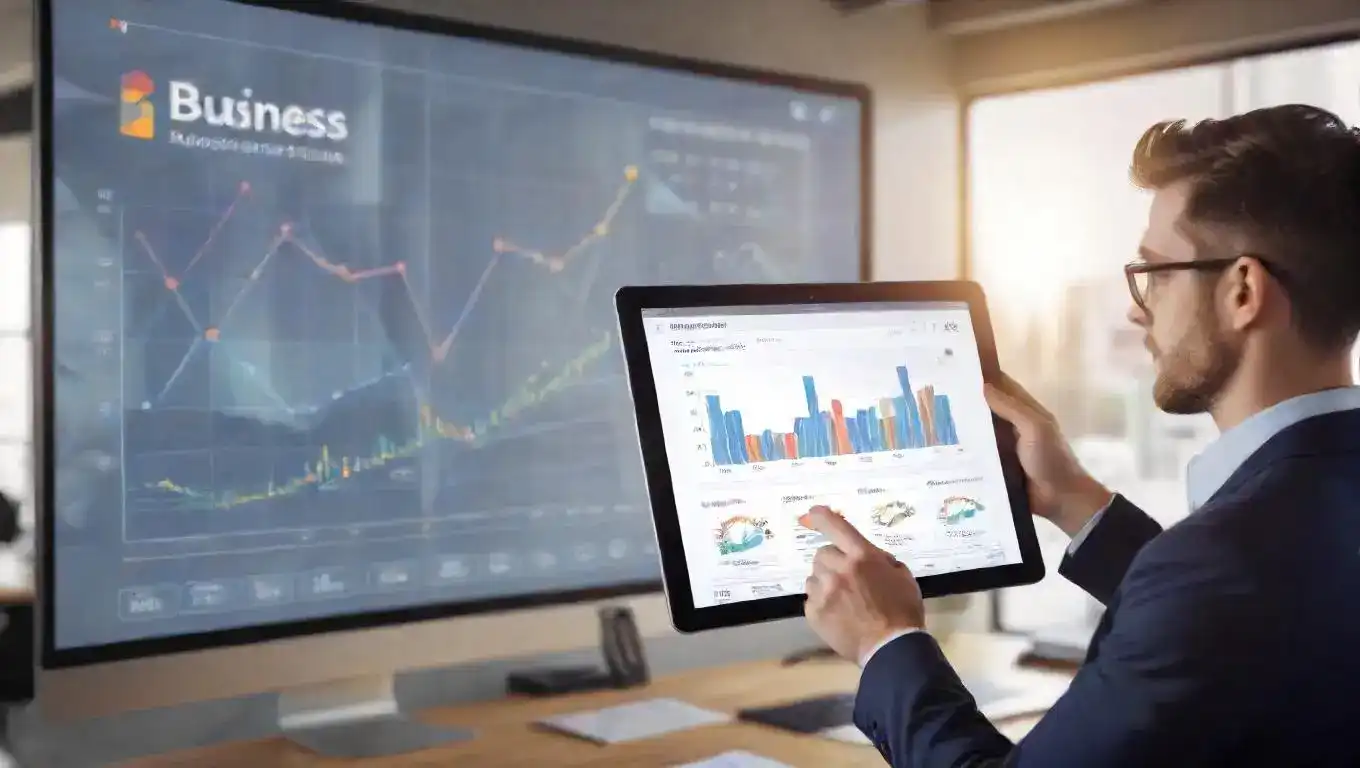
August 5, 2024
Tips for Finding the Right and Profitable Business Ideasteps to finding a profitable business idea, including understanding your passions and skills, solving problems, conducting market research, finding a niche, leveraging your network, brainstorming, testing and validating your idea, staying updated on trends, evaluating market potential, validating your idea with customers, evaluating financial viability, protecting intellectual property, seeking guidance and support, and being prepared to adapt and evolve.
Emily Willis
Economy
View AllThe world of international trade is facing disruption due to rising protectionism, geopolitical tensions, technological advancements, shifting consumer preferences, and the rise of e-commerce. This has led to higher prices for consumers, disrupted supply chains, job losses, and reduced economic growth.
Read MoreCryptocurrencies are digital assets that operate on a decentralized system called blockchain. They offer potential benefits such as faster and cheaper transactions, enhanced security, financial inclusion, transparency, and a hedge against inflation. However, they also come with risks such as volatility, regulatory uncertainty, security concerns, environmental impact, and potential for illicit activities.
Read MoreBest Secured Loans for Debt Consolidation with Low Interest Rates | Compare Top Lenders & Save Money on Monthly Payments
Read MoreEntertainment
View All
August 4, 2024
The Future of Cinema: Trends in Film Production, Distribution, and Audience Engagementthe ever-evolving landscape of cinema, driven by technological advancements, changing audience preferences and innovative storytelling approaches. The exhibition explores trends such as digital filmmaking, virtual production, the dominance of streaming services, hybrid release models, and the revitalization of cinemas.
Emily Willis

August 4, 2024
Profiles of Famous Artists Who Inspire the Younger Generationthe inspirational aspects of famous artists such as Vincent van Gogh, Frida Kahlo, Pablo Picasso, Banksy, Yayoi Kusama, Jean-Michel Basquiat, Georgia O'Keeffe, Andy Warhol, Kehinde Wiley, and Ai Weiwei. It highlights their perseverance, innovation, authenticity, social commentary, mental health advocacy, and representation, among other qualities, and how these aspects continue to inspire young artists to pursue their creative dreams.
Emily Willis

August 5, 2024
Music Universal Language: Connecting and Inspiring Across CulturesMusic has the power to transcend language barriers and connect people on a deep emotional level. It serves as a bridge between cultures, fostering understanding and appreciation for diversity. The universality of rhythm and melody creates a sense of unity, while the diversity of musical styles allows for exploration and creativity.
Emily Willis
Health
View Allsignificance of mental health awareness in today's fast-paced world. It discusses the importance of understanding mental health, breaking down stigma, and promoting positive mental health practices.
Emily Willis
Maintaining good health involves a balanced diet that provides essential nutrients for the body. A balanced diet includes carbohydrates, proteins, fats, vitamins, minerals, fiber, and water. Benefits of a balanced diet include enhanced energy levels, improved mental health, a stronger immune system, better weight management, reduced risk of chronic diseases, and enhanced digestion. Components of a balanced diet include fruits and vegetables, whole grains, protein sources, dairy or dairy alternatives, and healthy fats. Tips for maintaining a balanced diet include planning meals, portion control, staying hydrated, limiting processed foods, eating mindfully, and including physical activity.
Emily Willis
In today's fast-paced world, stress, anxiety, and depression are common mental health challenges that can affect our overall well-being. Understanding these issues and taking steps to manage them is important. Strategies for managing mental health include prioritizing self-care, practicing mindfulness and relaxation techniques, challenging negative thoughts, connecting with others, developing healthy coping mechanisms, managing time effectively, and seeking professional help when needed.
Emily Willis
Trending 🔥
View All
1
2
3
6
7
8
9
10
Sports
View AllAugust 5, 2024
Inclusive Playing Field: Creating a Welcoming and Accessible Sports Environment
Read MoreAugust 4, 2024
The Importance of Mental Training and Psychological Strategies in Helping Athletes Reach Their Peak Performance on the Field
Read MoreAugust 5, 2024
Sportsmanship in the Spotlight: Cultivating Respect, Integrity, and Ethical Behavior
Read MoreTechnology
View All
August 5, 2024
Best AR Translation Apps Tested
Uncover the best AR translation apps on the market through our in-depth testing and reviews. From seamless voice conversations to real-world text translation, these apps will revolutionize the way you communicate across languages.
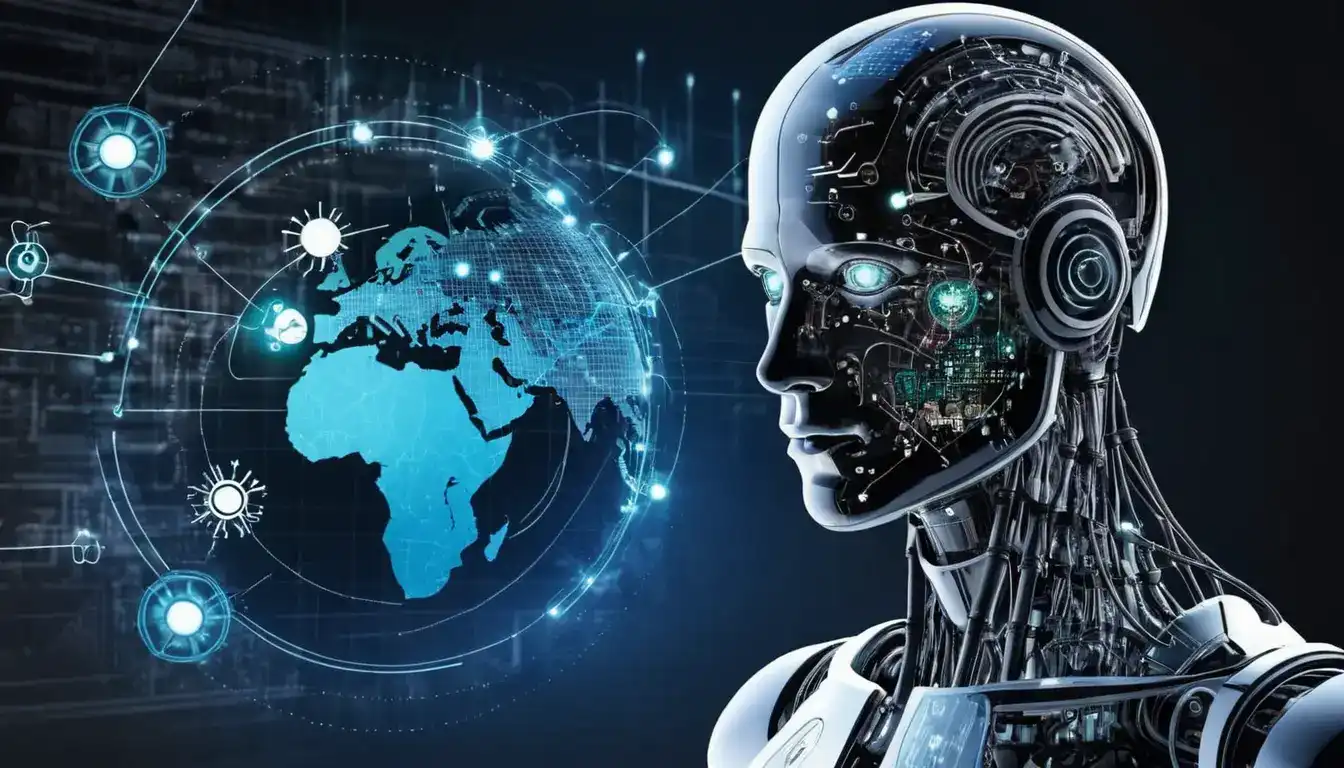
August 5, 2024
AI Applications that are Changing the World Around Us
Artificial Intelligence (AI) is no longer a concept from science fiction, but a reality that is reshaping the world around us. From virtual assistants to self-driving cars, AI is making significant impacts in various industries such as healthcare, education, transportation, and agriculture. AI is also being used to address environmental challenges and enhance customer experiences.
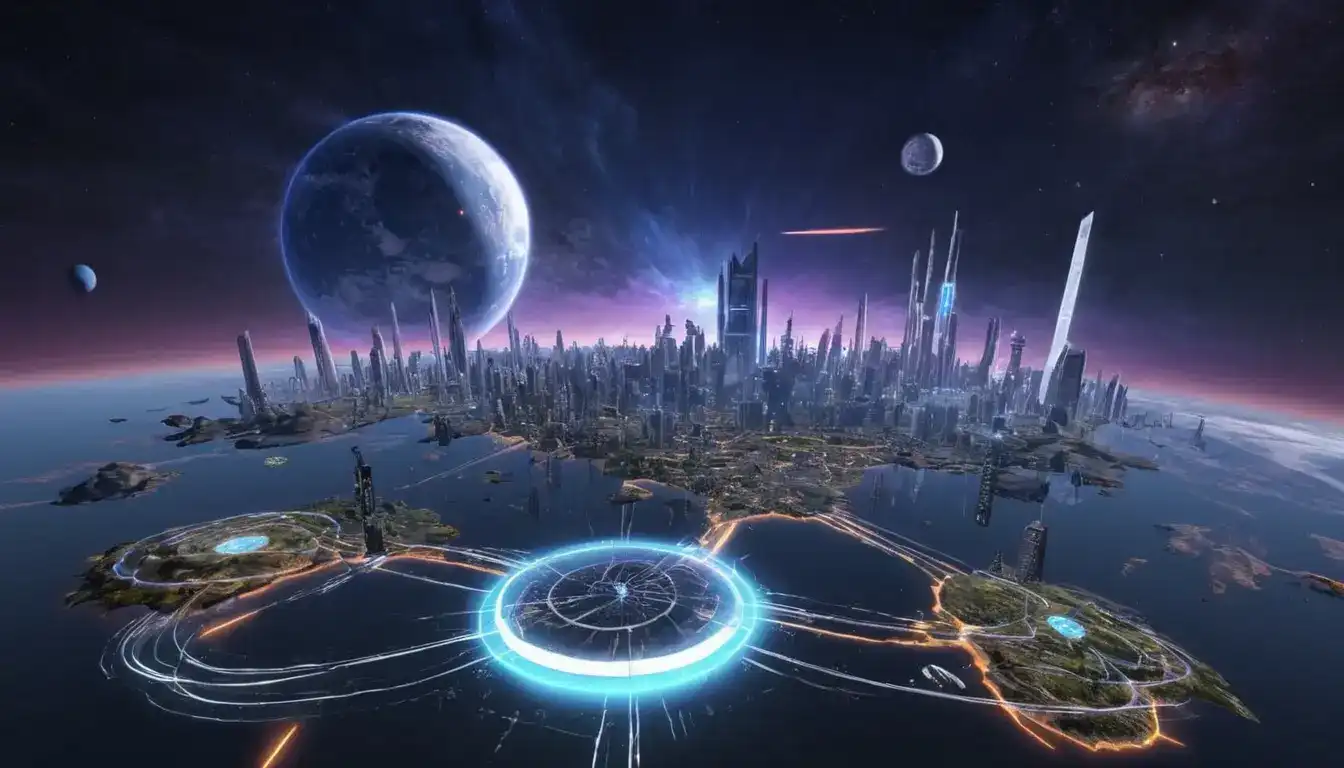
August 4, 2024
The Metaverse: A Virtual World with Endless Possibilities
metaverse is a rapidly evolving concept that offers a network of interconnected 3D virtual spaces accessed through technologies like VR and AR.
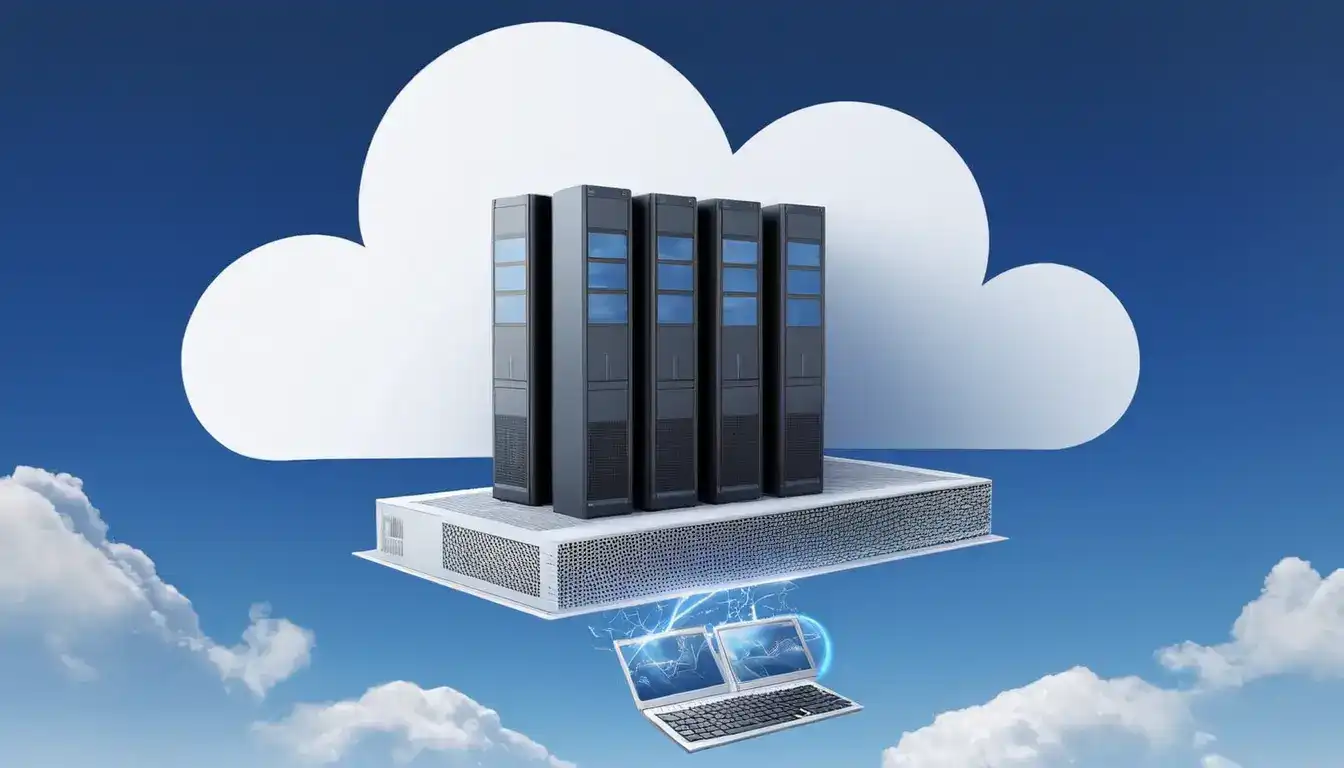
August 5, 2024
How to Choose the Right Cloud Computing Platform for Your Needs
Choosing the right cloud computing platform is essential for business success. Factors to consider include assessing business needs, evaluating cost and pricing models, analyzing performance and reliability, examining security and compliance, considering scalability and flexibility, evaluating support and customer service, assessing integration and compatibility, and reviewing user experience and ease of use.

